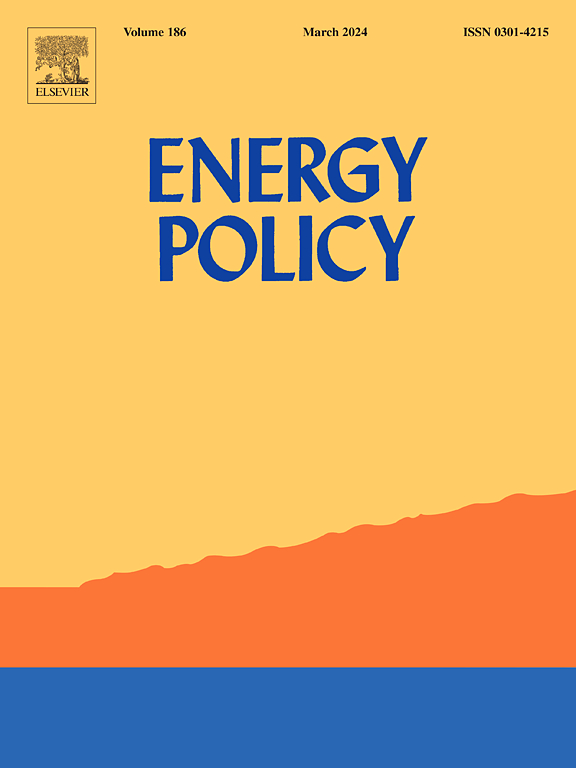Reducing energy mismatch in Chinese cities: Can low carbon transition work?
IF 9.2
2区 经济学
Q1 ECONOMICS
引用次数: 0
Abstract
As central objectives in China's urban high-quality development, facilitating the socioeconomic low-carbon transition (LCT) and optimizing energy allocation efficiency constitute dual imperatives for sustainable growth. This study integrates the dynamic spatial Durbin model (DSDM) with panel threshold regression analysis to systematically investigate the spatial spillover and nonlinear threshold effects of LCT on energy mismatch by using a balanced panel dataset from Chinese cities. Our multiscale analysis yields three pivotal findings: (1) LCT not only significantly reduces energy mismatch but also generates notable spatial spillover effects. (2) In resource-based cities, centrally administered municipalities, eastern Hu Line regions, and northern China cities, LCT significantly reduces energy mismatch locally while generating positive spatial spillover effects. Energy mismatch also exhibits significant spatial spillover and temporal lag effects. (3) Threshold effect analysis reveals dual threshold characteristics, with industrial structure optimization (ISO) and industrial structure upgrading (ISU) displaying significant nonlinear relationships between LCT and energy mismatch. Only by reaching a certain threshold can LCT significantly reduce energy mismatch. These findings contribute to the energy economics literature by establishing a spatiotemporal analytical framework for improving energy efficiency, while providing empirical insights for differentiated policy design across city clusters.
降低中国城市能源错配:低碳转型能否奏效?
作为中国城市高质量发展的核心目标,促进社会经济低碳转型和优化能源配置效率是实现可持续增长的双重要求。本文采用动态空间Durbin模型(DSDM)和面板阈值回归分析相结合的方法,利用中国城市均衡面板数据,系统研究了LCT对能源错配的空间溢出效应和非线性阈值效应。本文的多尺度分析得出三个关键结论:(1)LCT不仅显著降低了能量错配,而且产生了显著的空间溢出效应。(2)在资源型城市、中央直辖市、胡线东部地区和北方城市,LCT显著降低了局部能量错配,并产生了正的空间溢出效应。能量失配还表现出显著的空间溢出效应和时间滞后效应。(3)阈值效应分析呈现双阈值特征,产业结构优化(ISO)和产业结构升级(ISU)在LCT与能量失配之间表现出显著的非线性关系。只有达到一定的阈值,LCT才能显著降低能量失配。这些研究结果为能源经济学文献提供了一个提高能源效率的时空分析框架,同时也为跨城市群的差别化政策设计提供了实证见解。
本文章由计算机程序翻译,如有差异,请以英文原文为准。
求助全文
约1分钟内获得全文
求助全文
来源期刊

Energy Policy
管理科学-环境科学
CiteScore
17.30
自引率
5.60%
发文量
540
审稿时长
7.9 months
期刊介绍:
Energy policy is the manner in which a given entity (often governmental) has decided to address issues of energy development including energy conversion, distribution and use as well as reduction of greenhouse gas emissions in order to contribute to climate change mitigation. The attributes of energy policy may include legislation, international treaties, incentives to investment, guidelines for energy conservation, taxation and other public policy techniques.
Energy policy is closely related to climate change policy because totalled worldwide the energy sector emits more greenhouse gas than other sectors.
 求助内容:
求助内容: 应助结果提醒方式:
应助结果提醒方式:


